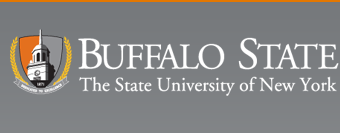Department Chair
Andrew D. Nicholls, Ph.D., Professor of History
Date of Award
12-2018
Access Control
Open Access
Degree Name
History, M.A.
Department
History and Social Studies Education Department
Advisor
Dr. David Carson
Department Home page
http://history.buffalostate.edu/
First Reader
Dr. David Carson
Second Reader
Dr. Alex Blair
Abstract
This thesis compares and contrasts how two of the more media savvy American presidents, Theodore Roosevelt and Donald Trump, utilized the press/media to advance their careers and promote their agendas. Both men’s ascent to power coincided with and benefited from the rise of new media outlets; Roosevelt’s with the newspaper revolution and Trump’s with the social media/networking explosion, specifically that of Twitter. Their groundbreaking mastery of these and other media formats share several common devices including trial balloons, manipulating news cycles and creating news distractions. However, a deeper dive reveals distinct differences as well.
Relying heavily on primary resources, including letters, speeches, autobiographies, and tweets, this historical analysis will show that though both men shared similar tactics, their aims and tones were worlds apart. While presidents before him were wary of the press, President Theodore Roosevelt aggressively pursued a relationship with newspapermen, seeing them as a valuable ally to disseminate information with the chief purpose of unifying public support around his policies to improve the country. During his time in office, President Trump has forcefully obstructed and attacked the mainstream media, viewing them not as an ally but an enemy. He has repeatedly used communication tools to divide, pitting his core base against those whom he perceives as against him. The main focus of his bully pulpit has been to protect and promote his “brand,” not to advocate his agenda.
Recommended Citation
Miller, Scott E., "The Bully Pulpit and The Pulpit Bully: A Comparison of How Presidents Theodore Roosevelt and Donald Trump Used the Media To Propel Their Careers and Political Agendas." (2018). History Theses. 46.
https://digitalcommons.buffalostate.edu/history_theses/46


